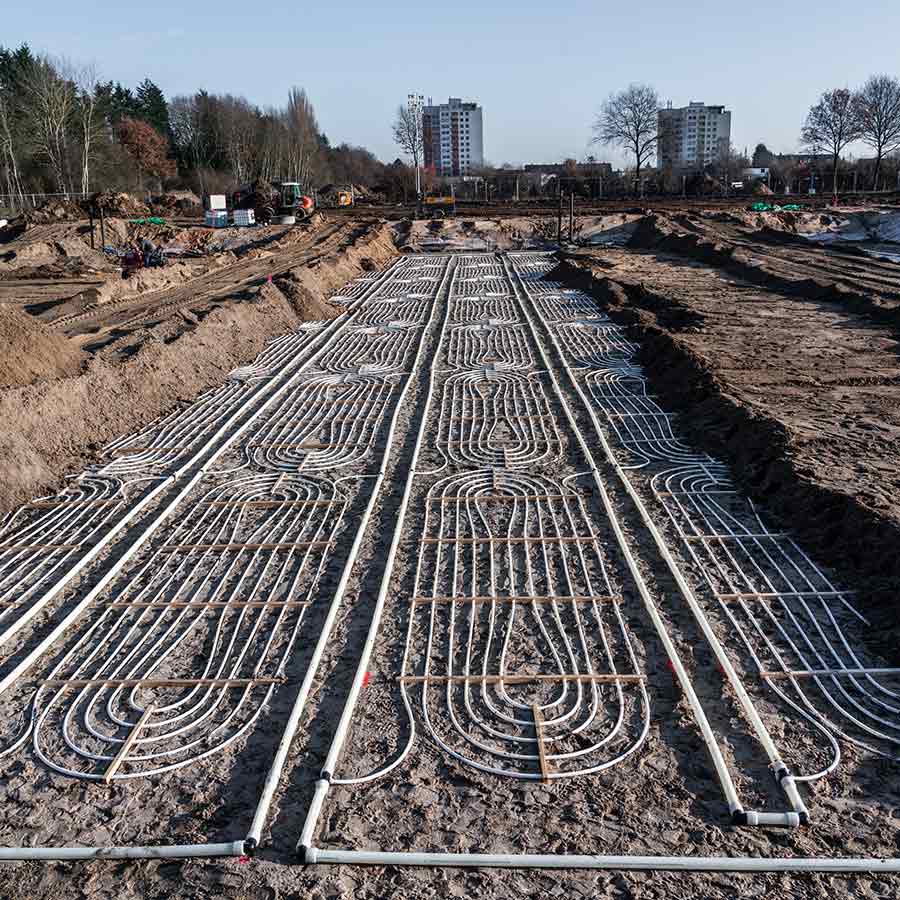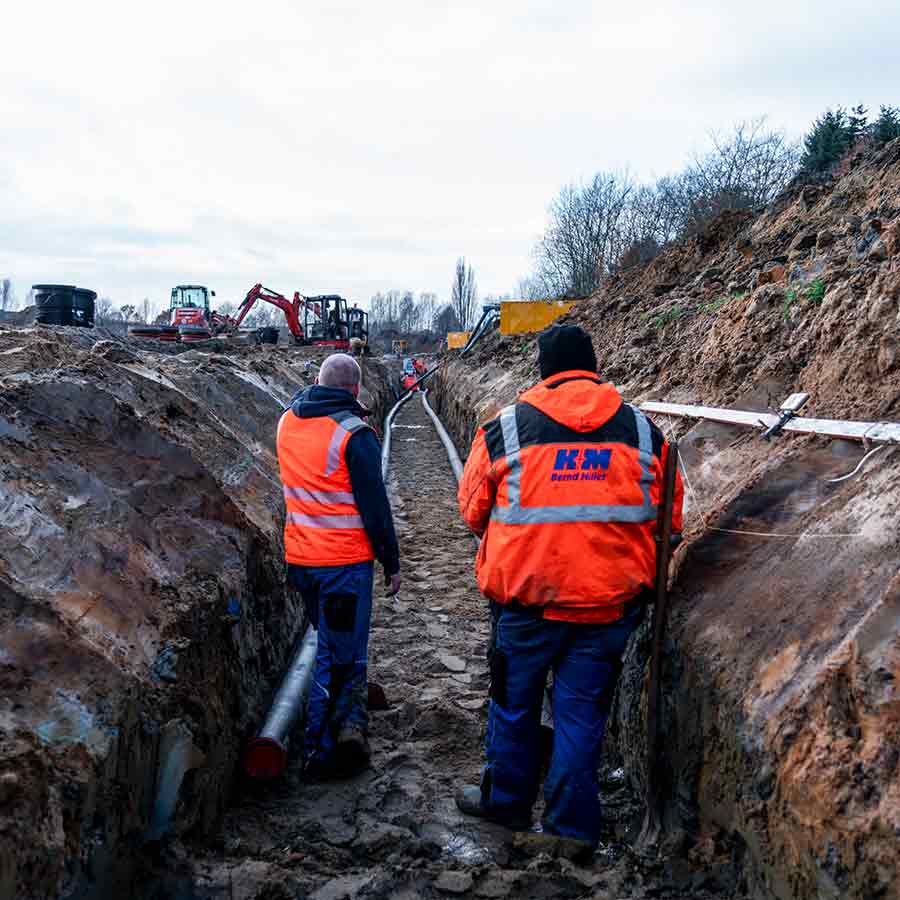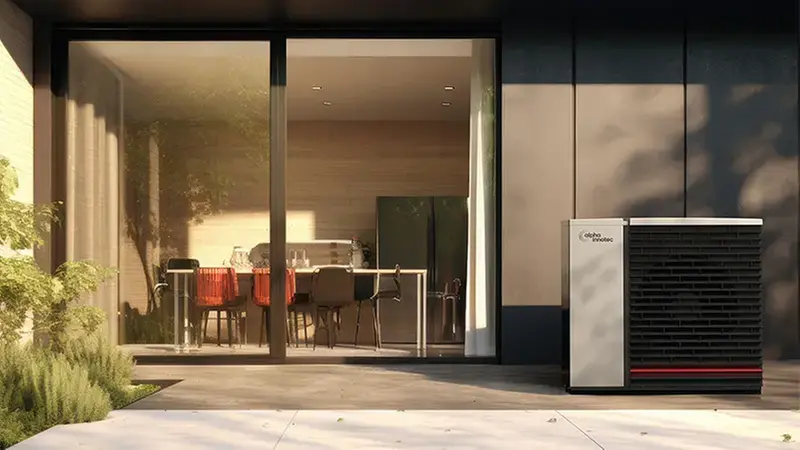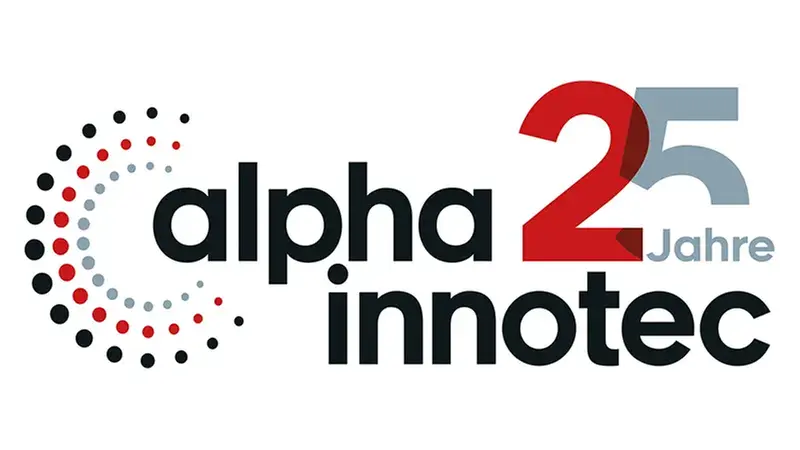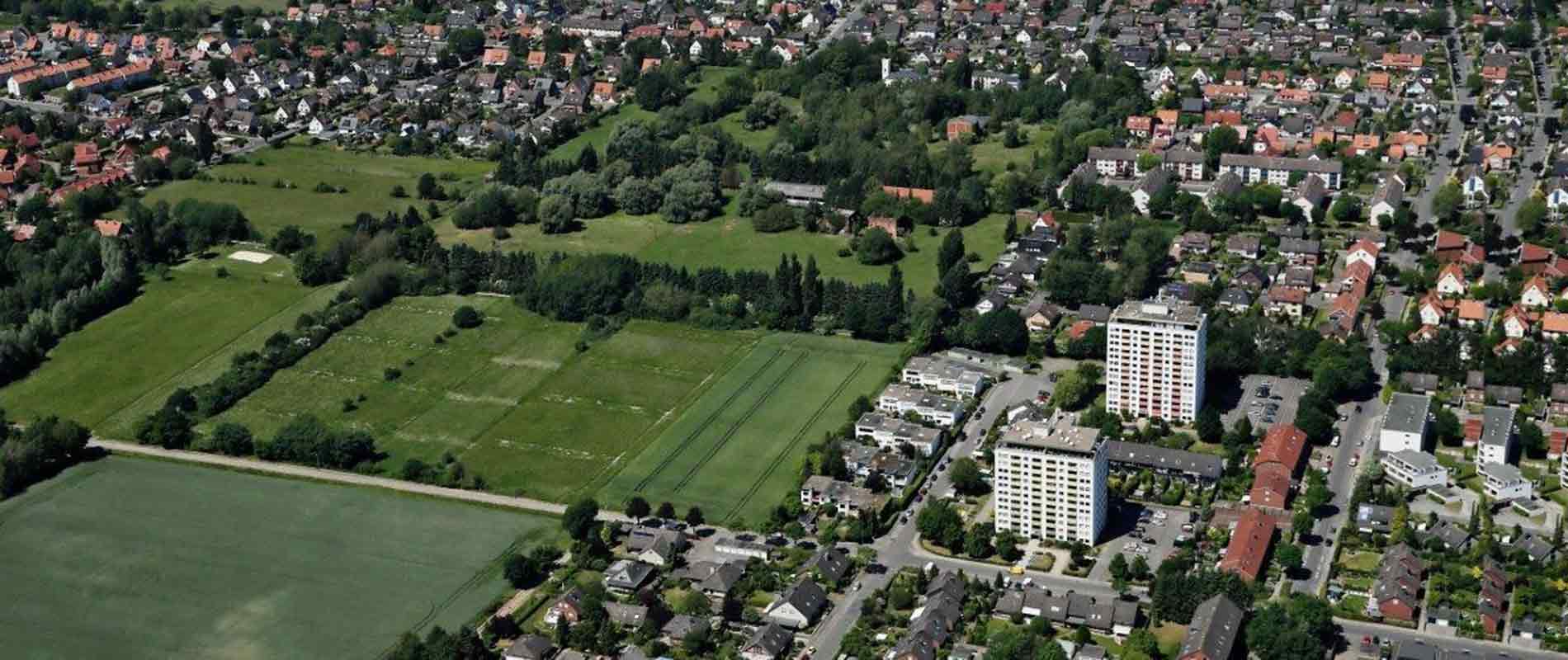Neustadt am Rübenberge
district solution Hüttengelände / Siemensstraße
Neustadt leads the way. The residents of the "Hüttengelände/Siemensstraße" neighborhood heat and cool their houses and apartments completely climate-friendly – without gas and oil. Our climate-friendly heat pumps are used for this purpose.
The pioneer in the Hannover Region
For many years now, the city of Neustadt am Rübenberge has been considered a model city for the Hanover region. It was, therefore, already clear during the planning for the new neighborhood in the southwest of the city that in the future the company would like to rely on a climate-friendly heat supply. For this reason, the city decided to implement a forward-looking climate protection program, for which climate-friendly settlement development is an essential element. In this way, the city wants to contribute to reducing the emissions of greenhouse gases. Other municipalities in the region should also benefit from the experience in the future.
SPECIAL CHALLENGES
The neighborhood on the former smelter site has enormous dimensions: the area measures around 12 hectares (120,000 square meters). Of this, around two-thirds belong to the industrial wasteland. There are a total of 72 single-family houses and 44 apartment buildings with more than 700 residential units. There is also a senior citizen residence, a supermarket and a day care center for the youngest citizens. This makes this climate-friendly neighborhood home to far more than a thousand residents. In addition to the former smelter site in the north, the plan area also includes 7.3 hectares of previously pure farmland.
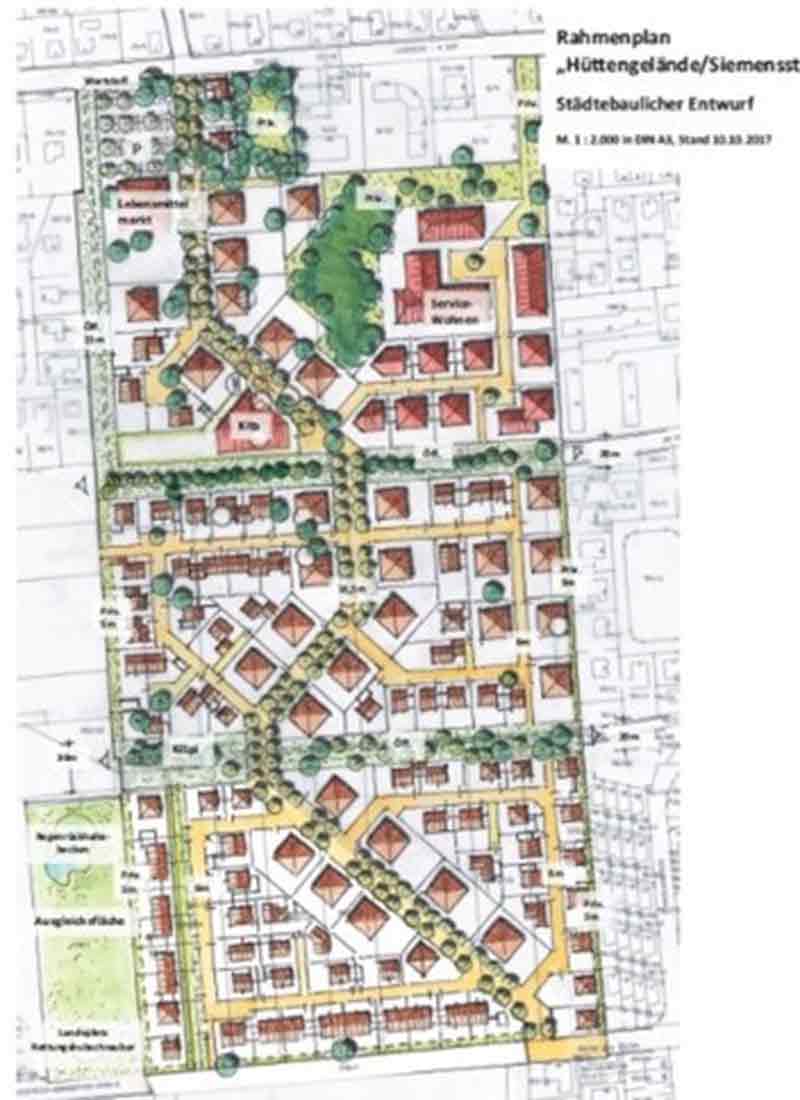
COLD LOCAL HEATING NETWORK AS AN EFFICIENT SOLUTION
Heat pumps are used for the heat supply. The supply concept for the neighborhood is based on a so-called cold local heating network, as this is particularly efficient and energy losses are very low due to the low temperature level between 6° and 12° Celsius.
Cooling included
Incidentally, the cold local heating network offers a special advantage: it can cool the house or apartment on hot summer days in a natural and very energy-saving way. For example, water is fed into the underfloor heating system at a temperature of about 18° Celsius or cooler. In parallel, the heat is dissipated into the ground collectors.
The project planners assume an energy demand for the entire neighborhood of about 2,500 megawatt hours per year.
SWCV heat pumps as a central building block
SWCV type heat pumps are installed throughout the neighborhood. The inverter-controlled units align their heat generation precisely to the current demand. As a result, they always operate at the ideal operating point. This significantly increases their efficiency compared to other model variants.
Incidentally, decentralized heat pumps, i.e. one heat pump per residential unit, as used here, have a decisive advantage over centralized heat generators: the domestic hot water is processed directly in the house or apartment.
This means that no precautions need to be taken to meet the strict requirements of the Drinking Water Ordinance due to contamination or the risk of legionella. This is because a decentralized hot water tank, such as the type that is usually already integrated in a heat pump, usually holds 200 liters. Thus, it is considered a small system and is not affected by the regulations that apply to a centralized drinking water supply for three or more dwelling units.
Thus, each household is responsible for its own energy costs. The power supply for the heat pump runs through the apartment's electricity meter.
